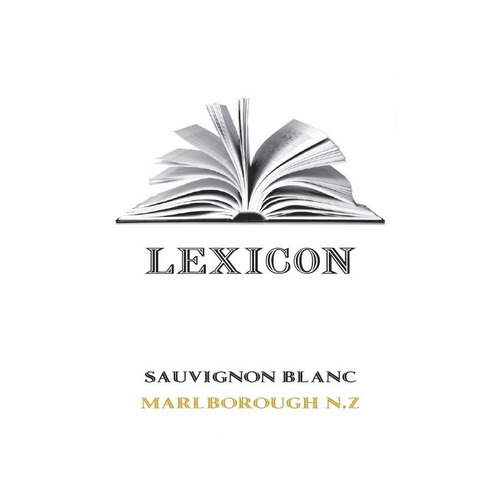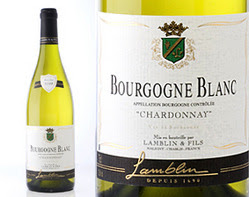Farmstead Bargain Wine Club – February 2021 Allocation
Lexicon Sauvignon Blanc (Sustainable)
Olianas Vermentino di Sardegna (Organic, Natural)
Moulin de Gassac Rosé Guilhem (Organic, Biodynamic)
Due Terre Nerello Mascalese (Organic)
Olianas Cannonau (Organic, Natural)
Mont Gravet Carignan Vieilles Vignes (Sustainable)
Farmstead Case Club – March Allocations
Lamblin Bourgogne Blanc – (Sustainable)
Large Beaujolais Côte de Brouilly Heartbreaker – (Natural Organic)
Kopriva Carneros Chardonnay (Sustainable)
Lascaux Blanc Garrigue (Organic)
La Domitienne Grenache Gris (Organic)
Cherche Midi Red Blend (Organic)
Topo Red Blend (Sustainable)
Reserve Grand Marchand Bordeaux (Organic)
Domain Jomain Bourgogne Blanc (Sustainable)
Adroît Initiative Mission (Organic, Natural)
Lioco Indica (Organic practices)
Clos de Sixte Lirac (Organic)
Farmstead Good Practices Wine Club – February 2021
Organic Wine Club – February 2021 Allocations
One of each:
Olianas Vermentino di Sardegna – (Organic, Natural practices)
Olianas Cannonau – (Organic, Natural practices)
 Olianas Vermentino di Sardegna
Olianas Vermentino di Sardegna
While Vermentino has made a name for itself in other parts of Italy (where it’s also called Pigato and Favorita), in France (where it is called Rolle), and in California; it’s in Sardinia where the grape really shines!
Sardinia’s wines have little in common with those produced in the rest of Italy. The island’s remote Mediterranean location, as well as the historic influence from other cultures, gives the wines a unique character that might be considered to have more in common with Spanish than Italian wines.
About 20% of the grapes are harvested slightly earlier and fermented on the skins, partly in stainless steel and partly in amphora, without inoculating according to biodynamic procedures. The must is then used as a “pied de cuve” to activate spontaneous fermentation. The remaining amount of grapes, after destemming and soft pressing are fermented in stainless steel. 70% of the wine ages in stainless steel “sur lie”, 30% in large used oak tonneaux, for five to six months. After blending, the wine is naturally clarified with bentonite and lightly filtered with cartridges before bottling. Native yeast, low sulfur addition.
Olianas
Italian Wine Club – March 2021
Two Ligurian stunners from Durin:
Durin Pigato (Sustainable with Natural Farming and Winemaking practices)
Durin Rossese – (Sustainable with Natural Farming and Winemaking practices)
A bottle of each
Four generations of the Basso family have lived and worked in the mountains above the Mediterranean sea—less than three miles away as the crow flies—struggling with the elements to care for older vines grown in garden-sized plots more suitable for gnomes. Liguria’s vibrant patchwork of vines, fruit trees and wild scrub has one particular star: Pigato. This family estate is unquestionably a pioneer in exploring the seemingly infinite potential of Pigato on these rocky slopes, not only through their selection of single-vineyard bottlings but also through sparkling wines, stored for years in the Grotto di Toirano, an ancient cave with near-perfect humidity and temperature for extended wine aging.
The Basso family over generations has expanded their small holdings—literally some 259 separate vineyards, most just a handful of vine rows—in the plains around the village of Ortovero and coiled around the region’s terraced and steep hillsides, cut over the ages by the Centa and Arroscia rivers. Vineyard altitude ranges from as low as 150 feet to as high as 1,400 feet; soils are equally varied, from dark, fertile patches to ruddy, iron-rich soils, to the “terra bianca” mix of white clay and sand. The valley channels the cooler winds that sweep south from Piedmont, moderating the summer’s warmer temperatures; a boon for the cultivation of balanced white grape varieties. The family’s ‘Taverna’ vineyard, planted in the village of Onzo and exclusively to the Pigato grape, is a 17-acre plot and as such, is the largest in the region. Many of the estate’s Pigato vines were planted by Antonio Basso’s grandfather, and are now 70 to 80 years old.
Harvest is as a rule by hand, and grapes are cared for as naturally as possible. In general, white grapes are macerated in tank for one day then pressed; juice is fermented on indigenous yeasts at low temperatures. Reds are fermented and aged in tank.







